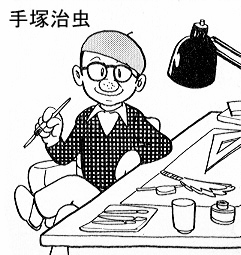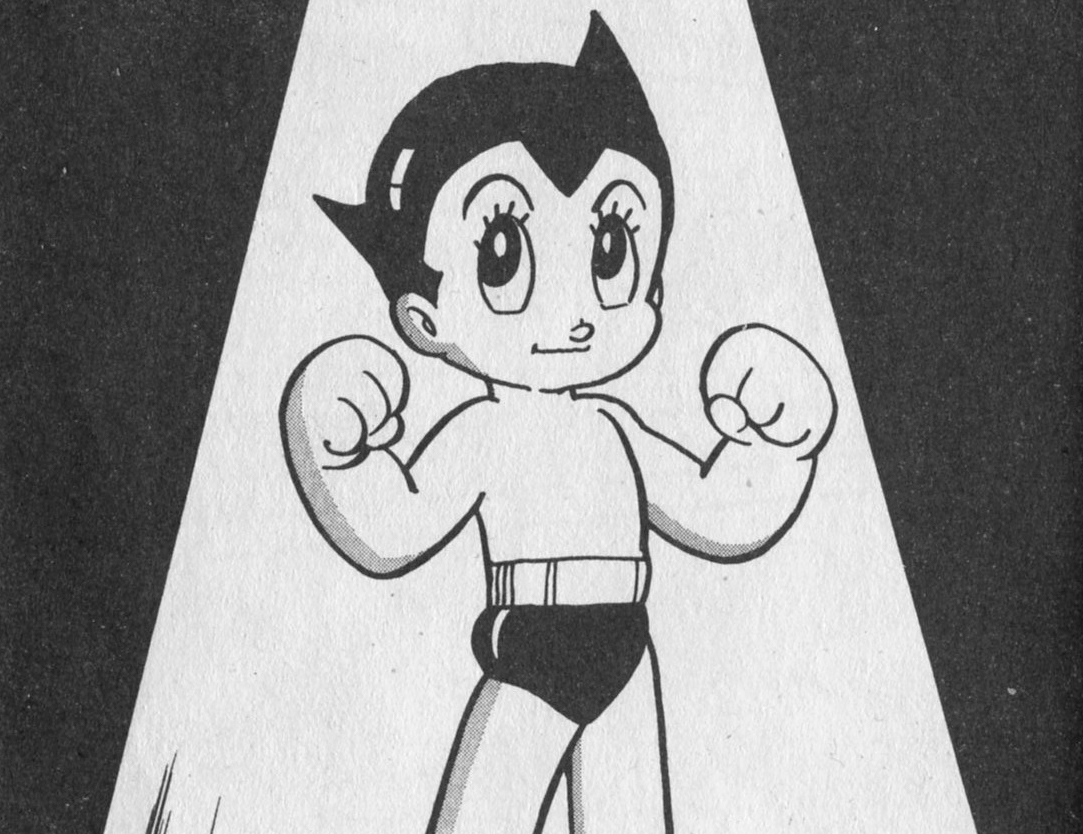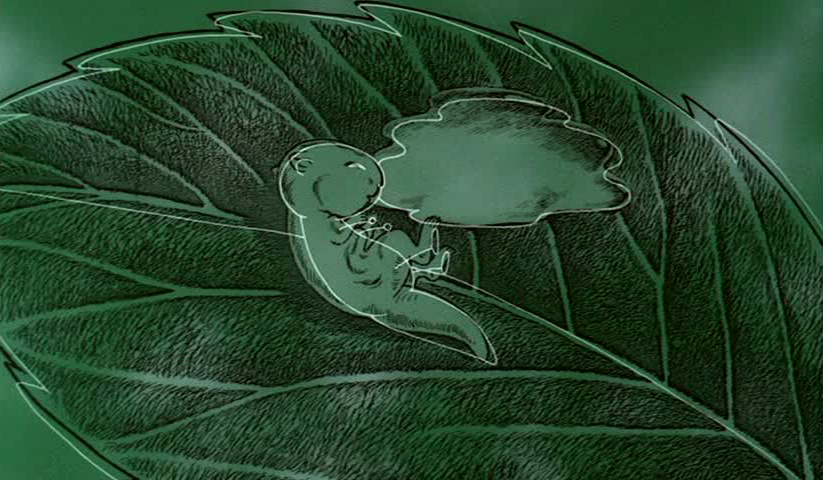 Tim here. Bear with me for a moment: we’re just about done with our month-long look at 1989 in cinema, about which I already had my say. But one of the other things that happened in animation that year was that the great Japanese animator and illustrator Osamu Tezuka passed away in February of that year, at age 60. Which is absolutely no legitimate pretext for anything, but Tezuka is an artist I’ve wanted to talk about in this space for ages, and there’s never been anything remotely resembling a good excuse to do so. So this shall have to do. It’s no fun having a bully pulpit if you can’t spread the Good News with it.
Tim here. Bear with me for a moment: we’re just about done with our month-long look at 1989 in cinema, about which I already had my say. But one of the other things that happened in animation that year was that the great Japanese animator and illustrator Osamu Tezuka passed away in February of that year, at age 60. Which is absolutely no legitimate pretext for anything, but Tezuka is an artist I’ve wanted to talk about in this space for ages, and there’s never been anything remotely resembling a good excuse to do so. So this shall have to do. It’s no fun having a bully pulpit if you can’t spread the Good News with it.
And oh, what very Good News the career of Tezuka is. You might not have ever heard his name, but you know his work: he’s largely regarded as the godfather of both manga and anime, two media with a shared stylistic backbone that’s still mostly intact a full 62 years after Tezuka began drawing the original comic book version of Astro Boy.

Which is all very important and impressive, of course – that one man’s innovations could trickle down in a readily-detected lineage to things as diverse as the nuanced fantasy epic/family drama Spirited Away to the internet’s favorite whipping post, tentacle porn...
But I would rather take this chance to talk about the other Tezuka, my favorite Tezuka: the one who hit a point where he decided that the anime forms he had pioneered and developed had eventually hit a point where he needed to branch out and do more complex, experimental things.
Actually “hit the point” is inaccurate: the first of these experiments, the 40-minute Tales of the Street Corner from 1962 preceded the animated version of Astro Boy by a year.
What first comes through in these shorts, which have been collected all in one place on YouTube, because sometimes life is wonderful, is a wealth of knowledge about and experience with the artform. This is most famously expressed in his last masterpiece, the half-hour Legend of the Forest from 1987, in which Tezuka recreates the history of animation from pre-cinema up to what was at that point the state of the art, metaphorically yoking his artform and the cycles of the natural world in an eco-parable about the dangers of industrialism (Tezuka’s anti-industry and anti-war sentiments are at the heart of nearly all of his most innovative works). The creator that film, and the similarly style-changing Pictures at an Exhibition from 1966, had an obvious love for the medium, and watching one of his best works without forewarning is exactly the kind of thing that turns people from occasional fans of the occasional cartoon to ravenous nutjobs writing weekly essays about the history of animation.

Even more than his “let me show off in every mainstream animated style ever” movies, the Tezuka shorts I admire the most are the one where he explored the edges of the medium. Maybe that’s just because the first of his works I ever saw was one of those, 1985’s Broken Down Film, a parody of ‘20s American cartoons where the characters have to interact with the physical print they’re being projected from. A solid gag that has been copied multiple times (the concept is awfully similar to Disney’s Get a Horse! from just last year), but never with the boldness and historically-minded wit that we see here.
My favorite Tezuka film, though, is the short her made the year prior to that, Jumping, in which the camera is turned into a character with more technical audacity than I’ve ever seen, but that’s not remotely the main appeal of the piece. It’s beautifully drafted, simple, funny, and then it punches you right in the face with its final moments. I’m just going to leave it right here for all of you to enjoy, and step back, contented to have done my proselytizing.